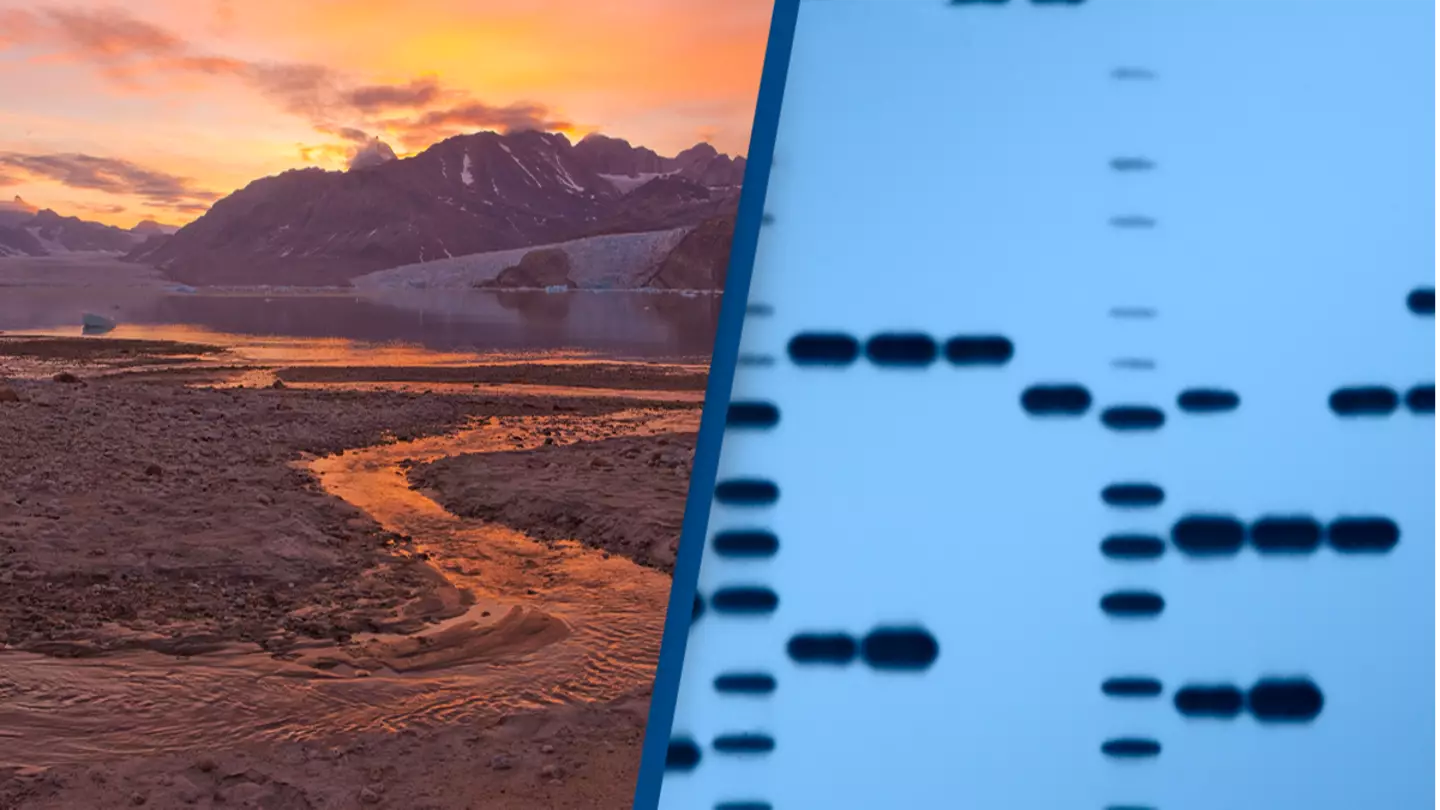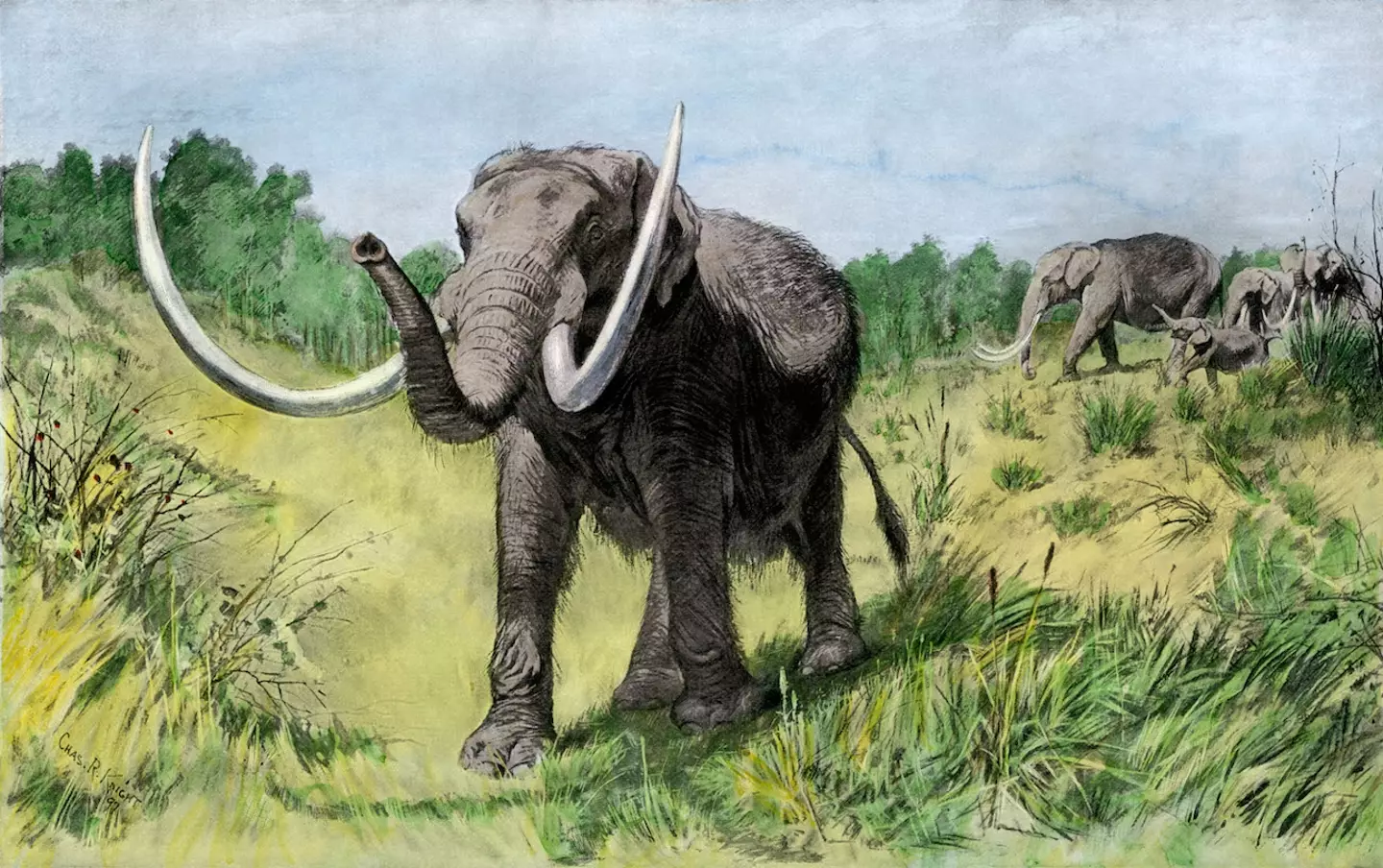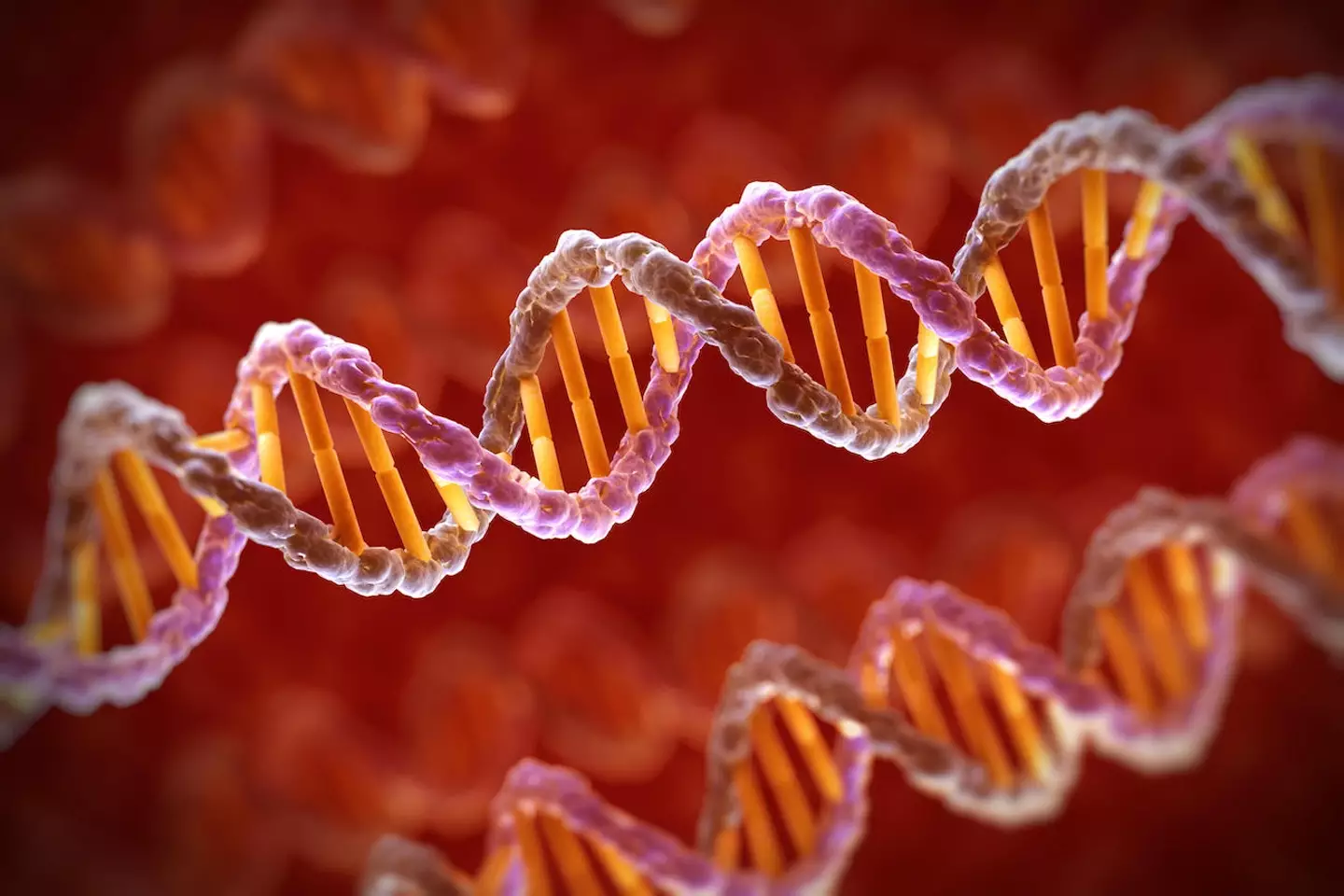
Scientists have discovered the oldest known DNA sample which will give us a insight into what life was like two million years ago.
The finding in northern Greenland surpassed the previous oldest recorded DNA fragment by a whopping one million years.
Sampled from a Siberian mammoth bone, it will now enable us to 'look directly at the DNA of a past ecosystem', scientists have said.

Advert
The ice age mammal - Mastodon - roamed as far as Greenland before becoming extinct.
The 41 usable DNA samples were found hidden in clay and quartz in the Kobenhavn Formation, a sediment deposit almost 100 metres thick, tucked in the mouth of a fjord in the Arctic Ocean.
It's also hoped that the finding could be a small help in the fight against the 'devastating impact of global warming'.
Professor Willerslev, a fellow of Cambridge University’s St John’s College, said: “A new chapter spanning one million extra years of history has finally been opened and for the first time we can look directly at the DNA of a past ecosystem that far back in time.
Advert
“DNA can degrade quickly but we’ve shown that under the right circumstances, we can now go back further in time than anyone could have dared imagine.”

Professor Kurt H Kjaer, of Copenhagen University’s Lundbeck Foundation GeoGenetics Centre, added: “The ancient DNA samples were found buried deep in sediment that had built-up over 20,000 years.
“The sediment was eventually preserved in ice or permafrost and, crucially, not disturbed by humans for two million years.
Advert
“Expeditions are expensive and many of the samples were taken back in 2006 when the team were in Greenland for another project.
“They have been stored ever since.
“It wasn’t until a new generation of DNA extraction and sequencing equipment was developed that we’ve been able to locate and identify extremely small and damaged fragments of DNA in the sediment samples.”

Advert
He continued: “It is possible that genetic engineering could mimic the strategy developed by plants and trees two million years ago to survive in a climate characterised by rising temperatures and prevent the extinction of some species, plants and trees.
“This is one of the reasons this scientific advance is so significant because it could reveal how to attempt to counteract the devastating impact of global warming.”
Prof Willerslev thinks it 'may be possible that clay may have preserved ancient DNA in warm, humid environments in sites found in Africa'.
“If we can begin to explore ancient DNA in clay grains from Africa, we may be able to gather ground-breaking information about the origin of many different species – perhaps even new knowledge about the first humans and their ancestors – the possibilities are endless,” he concluded.
Topics: Environment, World News